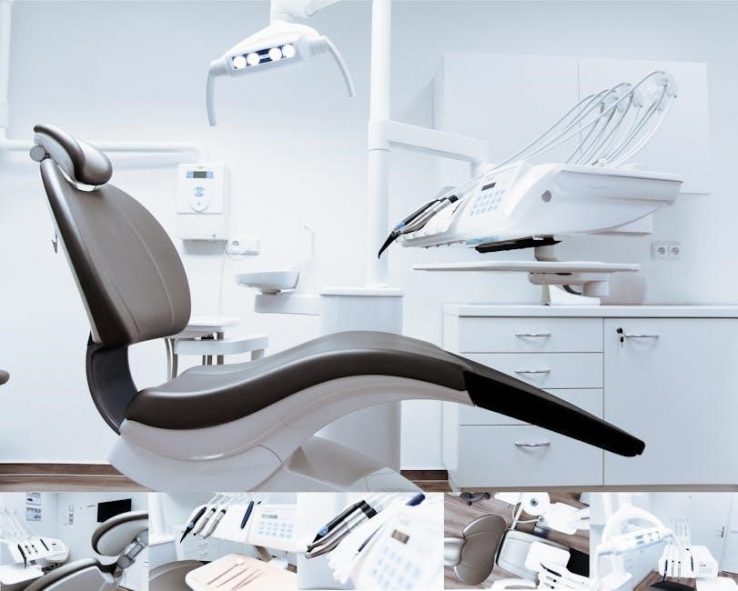Paediatric clinical examination is a fundamental skill in child healthcare, combining history taking and physical assessment to guide diagnosis and management. This comprehensive guide provides a detailed overview of paediatric clinical examinations, including history taking, physical examination techniques, and common paediatric problems. It serves as an essential resource for healthcare professionals, offering practical guidance and systematic approaches to ensure accurate assessments and effective care for children of all ages.
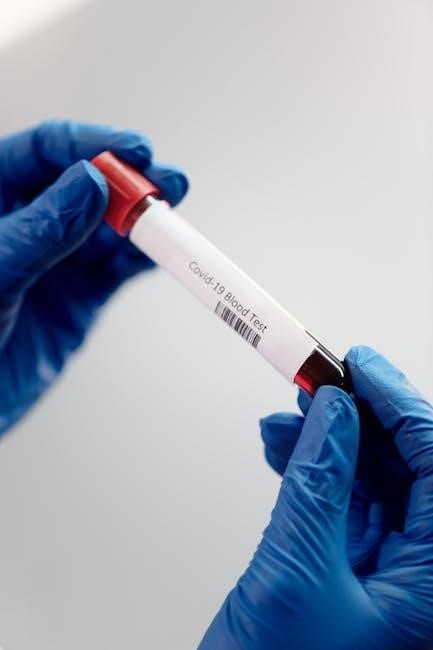
1.1 Importance of Paediatric Clinical Examination
Paediatric clinical examination is a cornerstone of child healthcare, enabling early detection of abnormalities and guiding appropriate management. It combines detailed history taking with thorough physical assessment to evaluate developmental, physical, and emotional well-being. This process is crucial for diagnosing conditions, monitoring growth, and addressing parental concerns. A skilled clinical examination not only builds trust between healthcare providers and families but also ensures accurate diagnoses, reducing the need for unnecessary investigations. Proficiency in paediatric clinical examination is essential for all healthcare professionals, as it directly impacts patient outcomes and the quality of care provided. Regular practice and continuous learning are vital to mastering this skill.
1.2 Overview of the Comprehensive Guide
This comprehensive guide to paediatric clinical examination is designed to provide healthcare professionals with a systematic approach to assessing children. It covers essential aspects such as history taking, physical examination techniques, and common paediatric problems. The guide also addresses special considerations, including newborn examinations, premature infants, and children with special needs. Additionally, it offers resources and references, such as recommended textbooks, online materials, and OSCE preparation tools. The guide is structured to enhance clinical skills, ensuring accurate diagnoses and effective patient care. By combining practical guidance with evidence-based practices, it serves as an invaluable resource for medical students, paediatricians, and allied healthcare professionals seeking to master paediatric clinical examination.

History Taking in Paediatric Clinical Examination
History taking is a cornerstone of paediatric clinical examination, requiring a systematic approach to gather accurate information from parents and children. It ensures comprehensive understanding of symptoms, medical history, and developmental milestones, guiding diagnosis and management effectively.
2.1 Gathering Information from Parents and Children
Gathering information from parents and children is a collaborative process essential for accurate history taking in paediatric clinical examinations. Parents provide detailed insights into the child’s medical history, symptoms, and developmental milestones, while children, when able, offer their own perspectives. A systematic approach ensures all relevant information is collected, including chief complaints, onset, duration, and associated symptoms. Open-ended questions encourage detailed responses, while age-appropriate communication helps engage children. Observing non-verbal cues and interactions between parent and child can reveal additional insights. This process is crucial for forming a comprehensive understanding of the child’s health status, guiding further assessment and diagnosis. Effective communication and empathy are key to making both parents and children feel comfortable during the examination process.
2.2 Systematic Approach to History Taking
A systematic approach to history taking in paediatric clinical examinations ensures thoroughness and organization, helping to identify key issues. It begins with the chief complaint, followed by the history of the present illness, which includes onset, duration, and associated symptoms. Past medical history, including previous illnesses, hospitalizations, and allergies, is then explored. Family history and social history, such as living conditions and parental health, are also important. A developmental assessment, focusing on milestones like speech, motor skills, and social development, is included. This structured method ensures no critical information is missed, aiding in accurate diagnosis and management. Regularly reviewing and updating the history is essential, especially in chronic conditions, to monitor progress and adapt treatment plans as needed.
2.3 Red Flags in Paediatric History
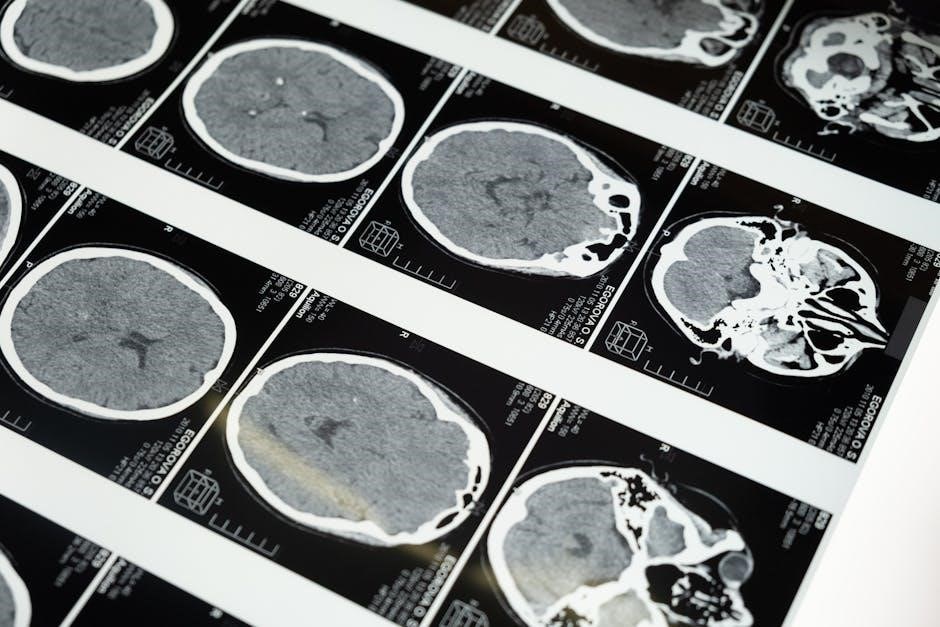
Identifying red flags in paediatric history is crucial for detecting serious underlying conditions. These include developmental delays, recurrent infections, or unusual symptoms like persistent vomiting or breathing difficulties. Parents’ concerns, such as poor feeding or lethargy, should never be dismissed. A history of trauma, fever without a source, or signs of abuse are also critical red flags. Timely recognition of these indicators ensures prompt investigation and referral, preventing potential complications. Clinicians must remain vigilant, as red flags often guide further diagnostic steps and management strategies, ultimately improving patient outcomes in paediatric care.

Physical Examination Techniques
Physical examination techniques in paediatrics adapt to the child’s age, incorporating general inspection, vital signs, and systems-based assessments. A systematic approach ensures thorough and accurate evaluations.
3.1 General Inspection and Vital Signs
General inspection and vital signs are the foundation of paediatric physical examination. Observation of the child’s overall appearance, growth, and developmental stage provides crucial insights. Vital signs, including respiratory rate, heart rate, blood pressure, temperature, and oxygen saturation, are measured to assess physiological status. These measurements vary by age, with normal ranges differing for infants, children, and adolescents. Accurate assessment of these signs helps identify abnormalities and guides further examination. Techniques are adapted to the child’s age, ensuring comfort and cooperation. For example, pulse oximetry is commonly used in infants, while blood pressure measurement becomes more relevant in older children. This systematic approach ensures comprehensive evaluation and informs diagnostic decisions.
3.2 Age-Specific Examination Techniques
Paediatric clinical examination requires age-specific techniques tailored to the child’s developmental stage. For infants, gentle handling and observation of reflexes are essential, while toddlers may need playful engagement to facilitate assessment. School-aged children benefit from clear communication and demonstration of techniques. Adolescents require privacy and dignity, with explanations to ensure cooperation. Each age group demands adapted methods to ensure accuracy and comfort. Techniques include using toys for distraction in younger children and ensuring a systematic approach for older children. These methods are detailed in resources like Paediatric Clinical Examination Made Easy, providing practical guidance for clinicians. Age-specific techniques ensure comprehensive and effective evaluations, addressing the unique needs of each developmental stage.
3.3 Systems-Based Physical Examination
A systems-based physical examination in paediatrics involves assessing each body system systematically, from head to toe. It begins with the respiratory system, observing breathing patterns and auscultating lung sounds. The cardiovascular system is evaluated through heart rate, blood pressure, and auscultation of heart sounds. The abdominal examination focuses on palpation and percussion to assess organ size and tenderness. The neurological assessment includes evaluating developmental milestones, muscle tone, and reflexes. Each system requires age-specific techniques, such as using a pacifier for infants during ear examinations or engaging older children with toys to facilitate cooperation. This structured approach ensures thoroughness and accuracy, guiding clinicians in identifying abnormalities and formulating appropriate management plans. Resources like Paediatric Clinical Examination Made Easy provide detailed guidance on these methods.
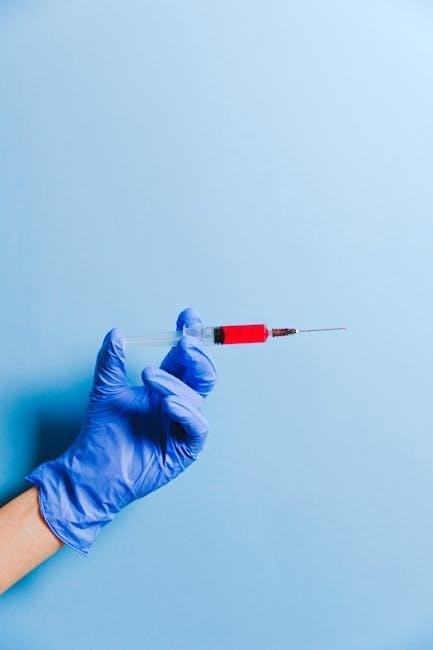
Common Paediatric Problems
Common paediatric problems include respiratory issues, abdominal pain, and neurological concerns. These conditions require a thorough clinical examination to ensure accurate diagnosis and effective management in children.
4.1 Respiratory System Examination
The respiratory system examination in children is crucial for diagnosing common conditions like asthma or infections. It involves inspecting chest movement, auscultating breath sounds, and assessing respiratory rate. Percussion may be used to detect abnormalities. Signs of distress, such as wheezing or retractions, are noted. A systematic approach ensures thorough assessment, guiding appropriate management. This section provides detailed techniques and red flags for paediatric respiratory exams, aiding clinicians in accurate diagnoses and effective care.
4.2 Abdominal System Examination
The abdominal examination in children is essential for identifying gastrointestinal, hepatic, or renal issues. It begins with observation for distension or scars, followed by auscultation for bowel sounds. Palpation is performed gently to detect tenderness, masses, or organ enlargement. Percussion may be used to assess liver size or detect ascites. Special attention is given to signs of distress, such as guarding or rebound tenderness, which may indicate conditions like appendicitis. Red flags include jaundice, abdominal pain, or vomiting. A systematic approach ensures thorough assessment, guiding diagnosis and management. This section provides practical techniques and red flags for paediatric abdominal exams, aiding clinicians in accurate diagnoses and effective care.
4.3 Neurological and Developmental Assessment
Neurological and developmental assessment in children is crucial for identifying abnormalities in brain function, motor skills, and developmental milestones. The examination includes evaluating mental status, cranial nerves, motor function, reflexes, and sensory responses. Developmental assessment focuses on gross and fine motor skills, language, and social interactions. Red flags include developmental delays, abnormal posturing, or loss of previously acquired skills. A systematic approach ensures comprehensive evaluation, guiding early intervention and management. This section provides practical techniques for assessing neurological and developmental status in children, aiding clinicians in identifying potential issues and improving patient outcomes through timely and appropriate care.

Special Considerations
Special considerations in paediatric clinical examination include newborn assessments, premature infant care, and evaluating children with special needs, ensuring tailored approaches for unique developmental and medical requirements.
5.1 Newborn Examination
Newborn examination is a specialized process focusing on assessing the health and well-being of infants within the first few weeks of life. It involves a thorough physical assessment, including vital signs, general appearance, and specific checks for congenital abnormalities. Key components include evaluating respiratory effort, cardiovascular function, and neurological responses. The examination also assesses feeding patterns and developmental milestones. Screening for conditions like hip dysplasia and congenital heart defects is crucial. Guidance from resources like Paediatric Clinical Examination Made Easy emphasizes systematic approaches to ensure comprehensive care. This process is vital for early detection of potential issues, ensuring timely interventions and promoting healthy development. Healthcare professionals must be skilled in these techniques to provide optimal care for newborns.
5.2 Premature Infants
Premature infants require specialized care and examination due to their unique physiological vulnerabilities. A thorough clinical assessment focuses on evaluating respiratory function, cardiovascular stability, and neurological development. Key components include monitoring vital signs, assessing feeding tolerance, and checking for signs of complications like retinopathy of prematurity or necrotizing enterocolitis. The examination must be gentle and tailored to the infant’s developmental stage. Resources such as Paediatric Clinical Examination Made Easy provide practical guidance for clinicians. Regular monitoring of growth and developmental milestones is essential to ensure proper progression. Early detection of potential issues allows for timely interventions, improving long-term outcomes. This specialized approach ensures that premature infants receive the care needed to thrive and develop optimally.
5.3 Children with Special Needs
Children with special needs require a tailored approach during clinical examinations to ensure their unique requirements are met. Clinicians must adapt their techniques to accommodate physical, sensory, or cognitive disabilities. Building trust is crucial, often involving gradual introduction of examination tools and allowing the child to participate at their own pace. Communication strategies, such as using simple language or visual aids, can facilitate cooperation. Incorporating caregivers’ insights is essential, as they provide valuable context about the child’s baseline behavior and needs. Resources like Paediatric Clinical Examination Made Easy offer practical tips for examining children with special needs. A patient-centered approach ensures dignity and comfort, making the examination process less stressful for both the child and their family. Regular follow-ups and multidisciplinary collaboration are key to optimizing care for these children.
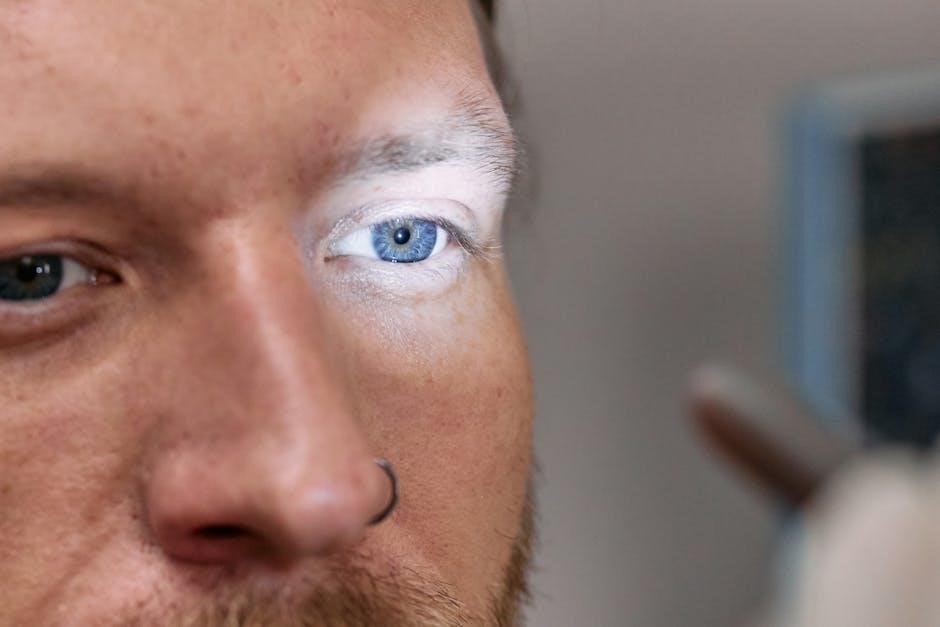
Resources and References
Key resources include Paediatric Clinical Examination by Denis Gill and Paediatric Clinical Examination Made Easy. Online guides, PDFs, and OSCE materials are also available for comprehensive learning and practice.
6.1 Recommended Textbooks and Guides
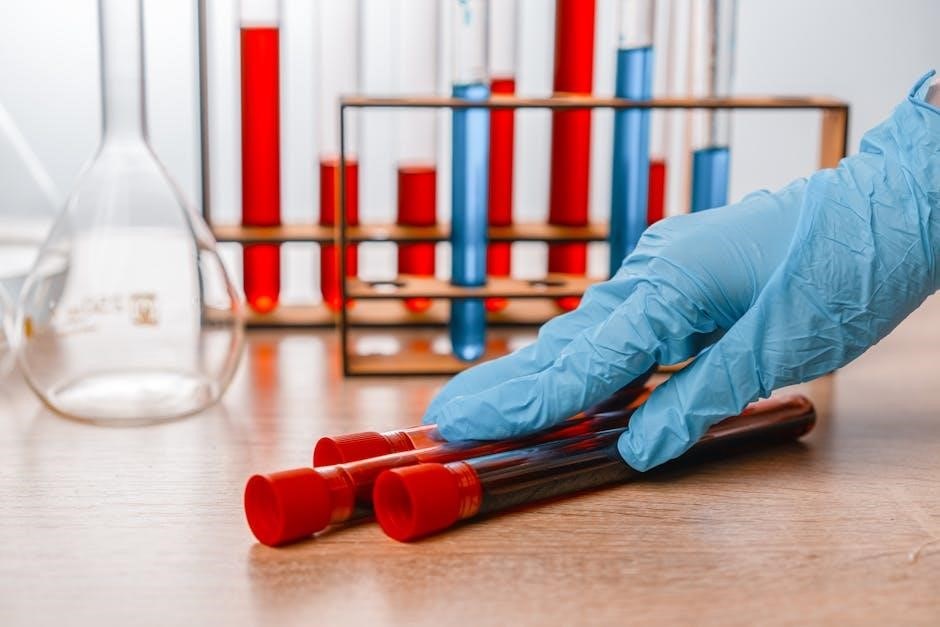
Several textbooks and guides are highly recommended for mastering paediatric clinical examination. Paediatric Clinical Examination by Denis Gill is a comprehensive resource, offering detailed insights into history taking and physical assessment. Another essential guide is Paediatric Clinical Examination Made Easy, which provides practical, accessible information for clinicians. Additionally, A to Z of Paediatric Clinical Examination is a fully revised edition known for its clear and engaging approach. These textbooks are complemented by online resources, including PDF guides and OSCE preparation materials, ensuring a well-rounded learning experience. They are invaluable for medical students, professionals, and those preparing for exams like PLAB and UKMLA, offering systematic approaches and expert advice to enhance clinical skills in paediatric care.
6.2 Online Resources and PDF Guides
Online resources and PDF guides provide accessible and convenient learning tools for paediatric clinical examination. The Paediatric Clinical Examination Made Easy PDF is a popular resource, offering practical guidance for clinicians. Additionally, websites like ResearchGate and PDFDrive host comprehensive guides, such as Paediatric Clinical Examination by Denis Gill, which are free to download. These resources often include detailed sections on history taking, physical assessment, and systems-based examinations. Many PDF guides are designed for medical students and professionals, providing systematic approaches to mastering paediatric clinical skills. Online platforms also offer OSCE preparation materials, ensuring learners are well-equipped for exams. These resources are invaluable for enhancing knowledge and skills in paediatric care, making them a must-have for both students and practicing healthcare professionals.
6.3 OSCE Preparation Materials
OSCE preparation materials are essential for medical students and professionals aiming to excel in paediatric clinical examinations. Resources like Paediatric Clinical Examination Made Easy and Santhosh Kumar Paediatric Clinical Examination offer comprehensive guides in PDF format, tailored for OSCE success. These materials include practice questions, clinical scenarios, and step-by-step techniques for mastering paediatric examination skills. Online platforms provide OSCE-specific guides for systems like respiratory, abdominal, and neurological assessments. Additionally, real-time demonstration videos and interactive tools enhance learning. These resources are particularly useful for exams such as PLAB and UKMLA CPSA, ensuring candidates are well-prepared. By leveraging these materials, healthcare professionals can confidently approach clinical exams, ensuring accurate and effective patient care in paediatric settings.
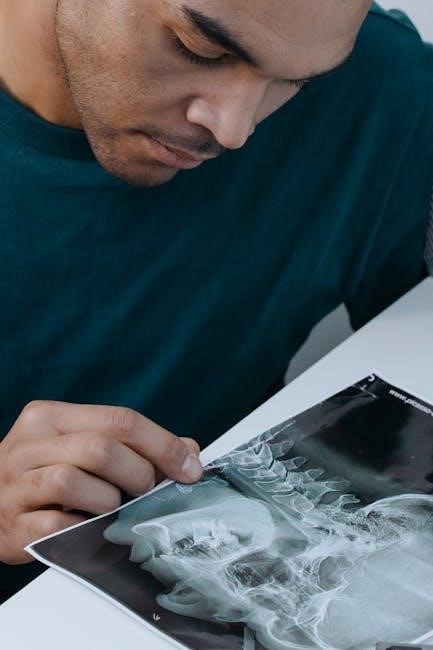
This comprehensive guide to paediatric clinical examination emphasizes the importance of continuous learning and skill development in child healthcare. It provides a detailed overview of history taking, physical assessment, and special considerations, serving as an essential resource for healthcare professionals. By mastering these techniques and staying updated with the latest resources, clinicians can enhance their diagnostic accuracy and deliver effective care for children of all ages.
7.1 Summary of Key Points
This comprehensive guide to paediatric clinical examination underscores the importance of a systematic approach to history taking and physical assessment in child healthcare. It highlights key techniques for general inspection, vital signs, and age-specific examinations, while addressing common paediatric problems such as respiratory and abdominal issues. Special considerations for newborns, premature infants, and children with special needs are also emphasized. The guide serves as an invaluable resource for healthcare professionals, offering practical guidance and evidence-based practices. By mastering these skills and staying updated with recommended textbooks and online resources, clinicians can enhance their diagnostic accuracy and deliver effective, patient-centered care. Continuous learning and skill development are essential for excellence in paediatric clinical examination.
7.2 Continuous Learning and Skill Development
Continuous learning and skill development are crucial for mastering paediatric clinical examination. Healthcare professionals must stay updated with the latest research, guidelines, and techniques to provide optimal care. Utilizing resources like Paediatric Clinical Examination Made Easy and other recommended textbooks ensures access to evidence-based practices. Online platforms, such as Perlego and ResearchGate, offer additional materials, including PDF guides and video demonstrations, to enhance learning. Engaging in OSCE preparation and participating in workshops can further refine clinical skills. Regular practice and feedback are essential for improving proficiency in physical examination and history taking. By committing to lifelong learning, clinicians can deliver high-quality, patient-centered care and stay at the forefront of paediatric medicine.
